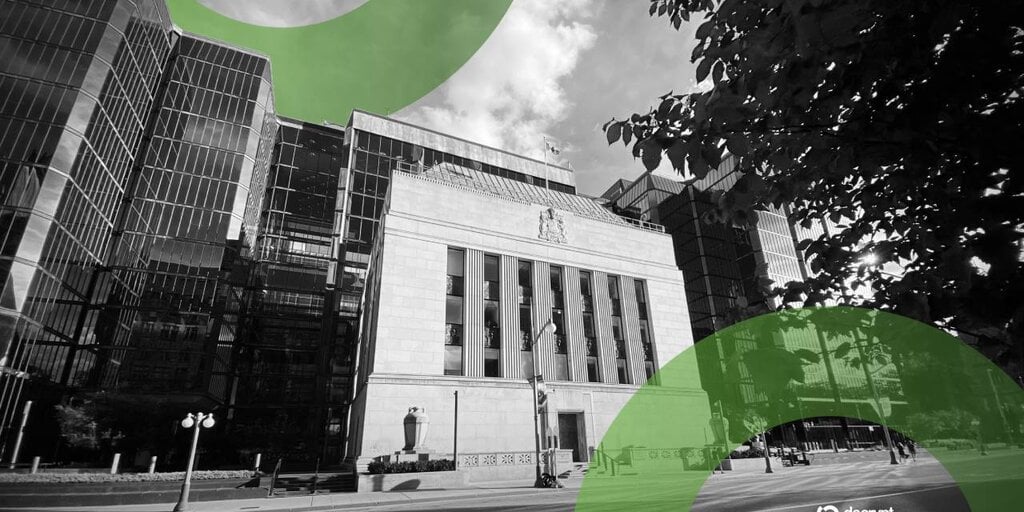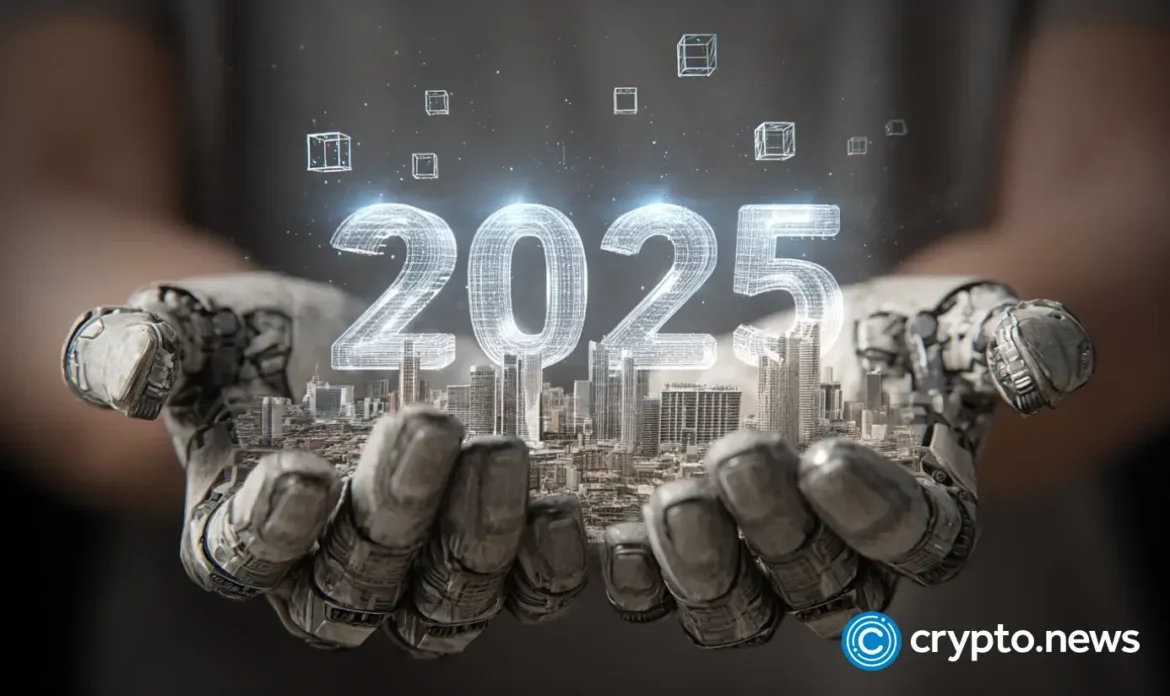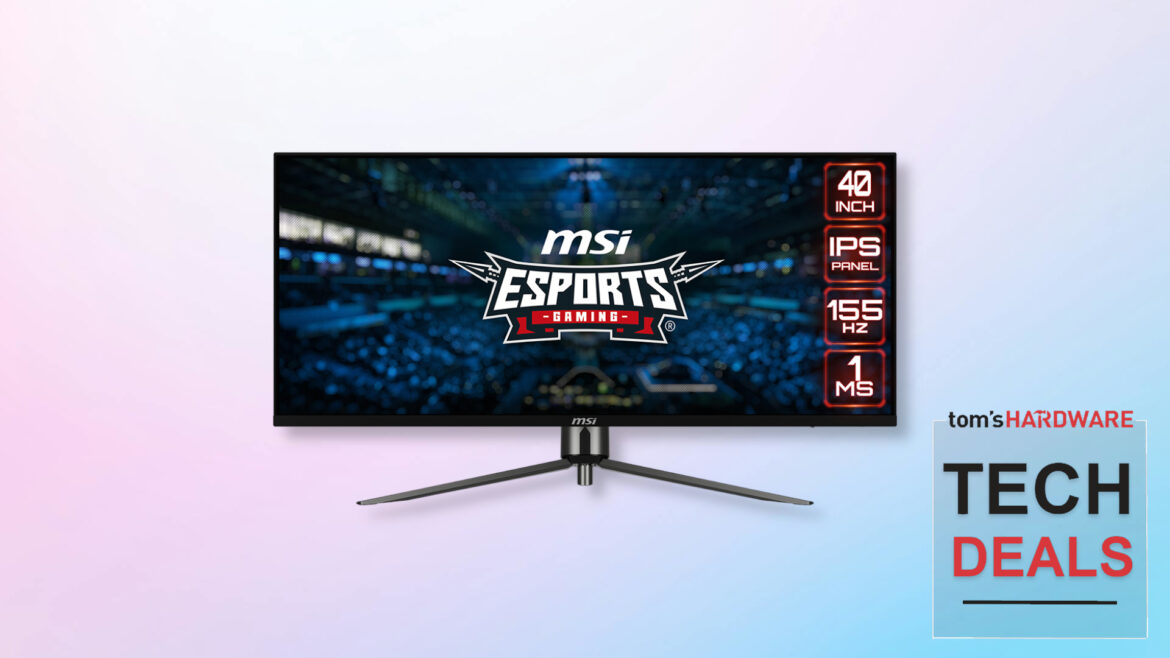In brief
- Bank of Canada Deputy Governor Ron Morrow called for federal stablecoin regulation while highlighting Canada’s lagging payments modernization compared to the U.S. and UK.
- Canadian remittance costs are “significantly higher” than other developed nations, creating opportunities for stablecoin adoption to reduce cross-border payment fees.
- Stablecoins could cut remittance fees to “less than 1 percent” from the 5–10% charged today, an expert told Decrypt.
The Bank of Canada has warned that stablecoins, now powering trillions in global payments, must be “as safe and stable as the balance in your bank account” before regulators let them scale.
Speaking at the CPA conference in Ottawa on Thursday, Senior Deputy Governor Ron Morrow said that while stablecoins present major opportunities to modernize Canada’s payment infrastructure, “there’s scope for a lot of potential change, but there’s also the need for some caution.”
Morrow pointed to Canada’s particular vulnerability in cross-border payments, noting international money transfer costs are “significantly higher in Canada than in jurisdictions like the United States and United Kingdom.”
This cost disparity creates acute challenges for immigrant communities sending remittances overseas.
“An average unskilled laborer working abroad loses 5-10% for a micro remittance amount via Western Union-type networks,” Jagdish Pandya, founder of Blockon Ventures, told Decrypt, noting that stablecoins bring this down to less than 1%, since “only network fees are a primary cost.”
“To make a stark analogy, paying with Bitcoin is like agreeing to pay for your lunch with shares of a tech start-up,” Morrow said, comparing it with stablecoins that are “pegged to a fiat currency, such as the U.S. dollar, and generally trade close to the value of that currency.”
Canada and stablecoins
Canada currently lacks federal stablecoin regulation, relying instead on provincial securities frameworks and federal anti-money laundering provisions.
The Deputy Governor suggested the country should “weigh the merits of federal stablecoin regulation, similar to what other countries have done.”
Survey data from Canadian business leaders shows that almost 60% believe the country’s competitiveness will decline without further payment innovation, according to the Deputy Governor.
Musheer Ahmed, founder of Finstep Asia, told Decrypt that Canadian firms could “lose out on a piece of the global pie, if they don’t have the opportunity to trial in their local ecosystems first” as the U.S. gains advantages under the GENIUS Act.
He suggested Canada could “take a leaf from the HKMA and VARA playbook viz sandboxes and pilots, while the regulations make their way through the legislative bodies.”
“The true success of a Canadian fiat-backed stablecoin will depend on its seamless integration with domestic payment systems, strong local utility, global interoperability, and regulatory clarity—especially in a market currently dominated by the U.S. dollar,” Manhar Garegrat, Country Head at Liminal Custody, told Decrypt.
With “neutral, trustless” blockchains like Ethereum and Solana enabling real-time global trade, he argued that, “All sovereign nations will want to issue digital currencies.”
Daily Debrief Newsletter
Start every day with the top news stories right now, plus original features, a podcast, videos and more.




